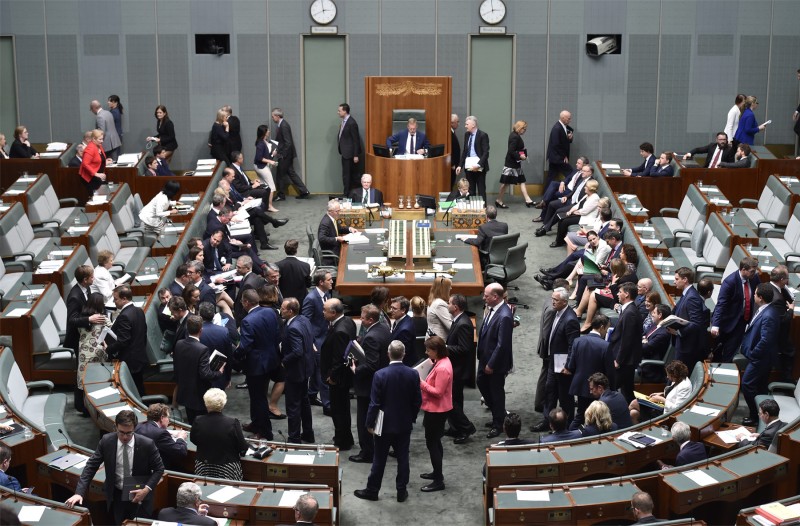In Parliament, which votes require a simple majority and which votes require an absolute majority?
The Senate and the House of Representatives make decisions by voting.
Most ideas – motions – are agreed to by a simple majority. A simple majority is when a majority of those who are present agree to the idea.
Some ideas need to be agreed to by an absolute majority. An absolute majority is when more than half of the total membership of the Senate or House agree to the idea. In the Senate there are 76 senators, so an absolute majority is at least 39 senators (half of 76 plus one equals 39). In the House of Representatives there are 150 members, which makes an absolute majority at least 76 members (half of 150 plus one equals 76).
Here are some examples of when an absolute majority is required:
- if a motion to suspend standing orders without notice or without leave is proposed. Standing orders are the rules used to manage the work of the Senate and the House of Representatives, but sometimes suspending particular standing orders can allow a certain action or actions to be taken that would not usually be permitted.
- if the Senate wants to rescind – undo – an order or decision of the Senate
- if the Senate or the House of Representatives is voting on the third reading of a bill to alter the constitution.
The House of Representatives during a division

DPS AUSPIC
Description
A formal vote called a division happening in the House of Representatives. Members are dividing into two groups. Those voting 'aye' or 'yes' are moving to sit on one side of the House and on those voting 'no' are moving to sit on the other side.
Permission should be sought from DPS AUSPIC for third-party or commercial uses of this image. To contact DPS AUSPIC email: auspic@aph.gov.au or phone: 02 6277 3342.